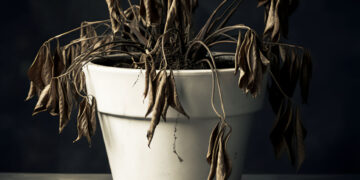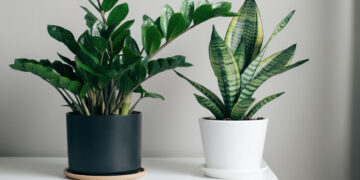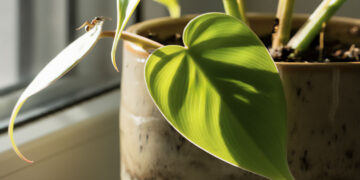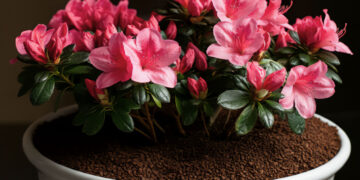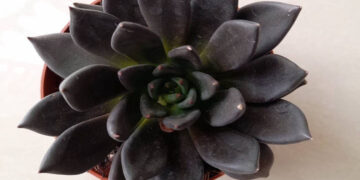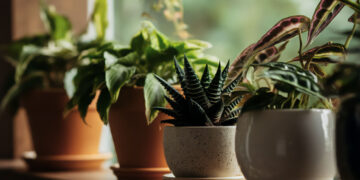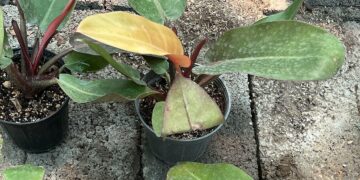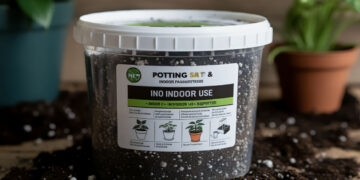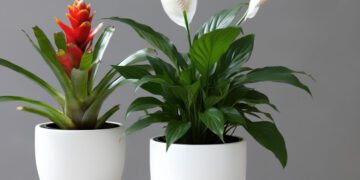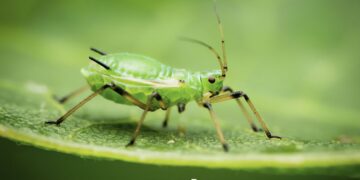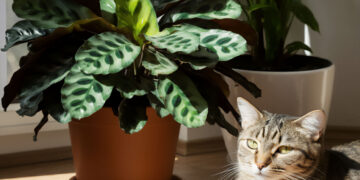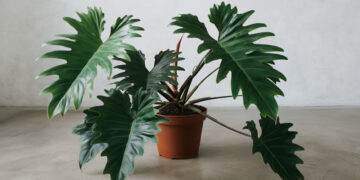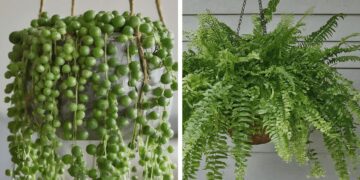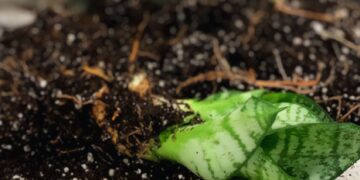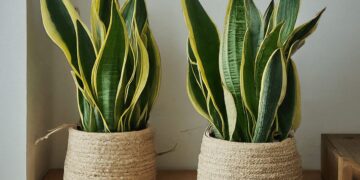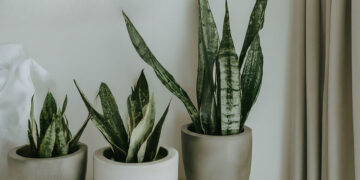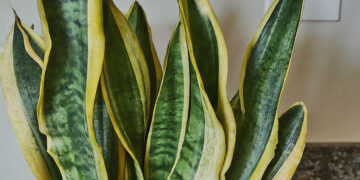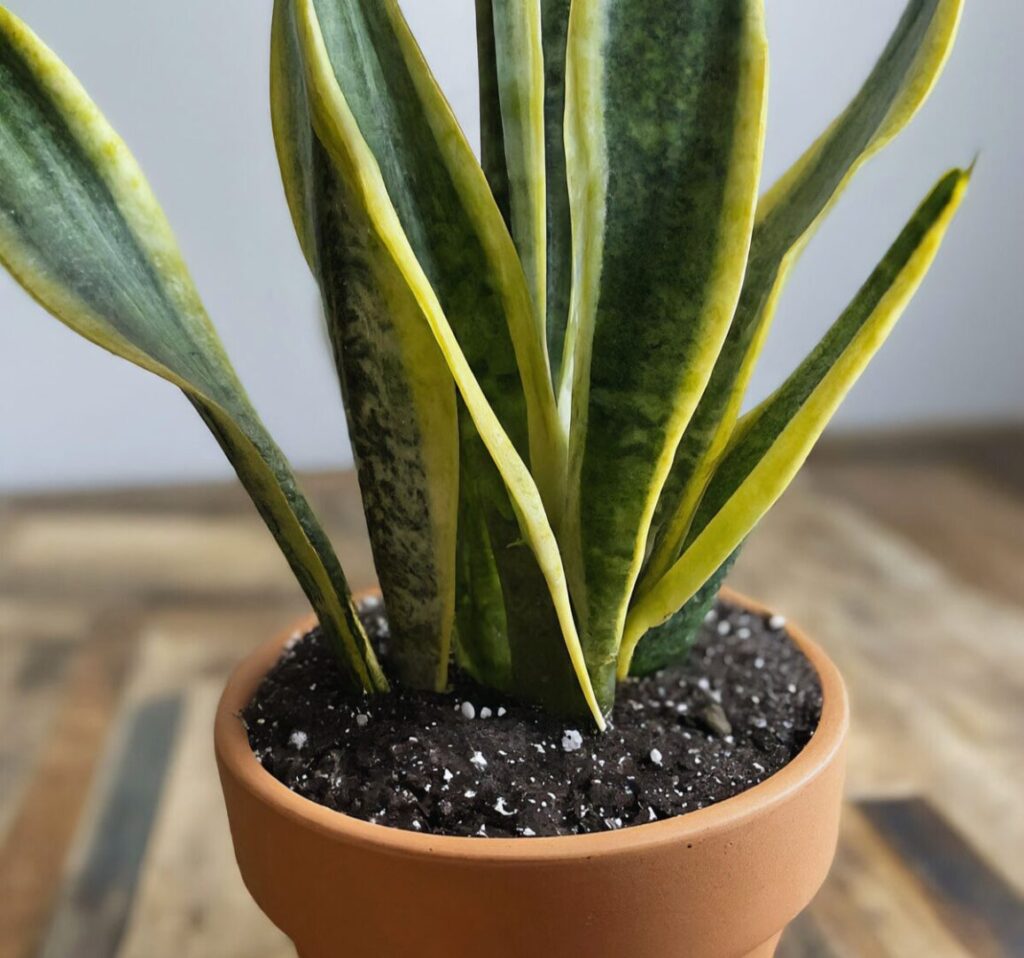
If you do your best to choose the snake plant soil and be fully aware of snake plant care, and then provide suitable soil for it, your houseplant will undoubtedly flourish. Now, you need to know what snake plants grow best in.
What is the best soil for snake plants?
Well, I always use soil mixes designed for succulents and cacti with high drainage because they help me to find a balance between the ability of the soil to hold water, air, and nutrients and the amount of water that remains in the soil lest the snake plant roots rot.
This soil mixture makes it easy to access the nutrients needed by the snake plant. It can be said that by using it, we brought the space closer to the conditions of the snake plant’s natural habitat so that the snake plants feel comfortable and thrive.
DIY Mixing the Perfect Soil
If you have run out of succulents and cacti soil and can’t buy it, or if you have a lot of regular potting soil for snake plants and you don’t have any idea what to do with it, I give you the good news that you can prepare soil suitable for snake plants yourself.
1. Take regular potting soil as much as you need.
2. Mix potting soil in equal proportions with coarse sand or perlite. (a 1:1 ratio)
3. Check that the mixture is evenly combined.
4. Before use, add water slightly to moisten the soil mixture a little.
How to Maintain a Healthy Soil?
First, change your potting soil every two to three years so that it does not compact and the nutrients do not decrease after a long time.
Second, check for consistent soil requirements for all types of snake plants (They have the same needs), such as the snake plant soil pH, soil drainage, and aeration.
Soil pH for snake plants
The optimal pH range of a soil change is between 5.5 to 7.5. I mean, snake plants can take in nutrients quickly in soils that are acidic to neutral.
Proper drainage and soil aeration
– Add coarse sand, perlite, or pumice to your regular potting soil or organic soil. For example, you can sum up perlite and pumice to 40% of the soil mix and develop drainage and receives enough oxygen so that it does not have problems such as snake plant yellow leaves.
– Buy a pot in a suitable size with drainage holes.
– Before adding the soil mixture, cover the bottom of the pot with a layer of activated charcoal.
Don’t forget that activated charcoal is a valuable compound; in addition to drainage and aeration, it protects the plant from toxins, odors, mold, and bacteria growth and keeps the soil fresh.
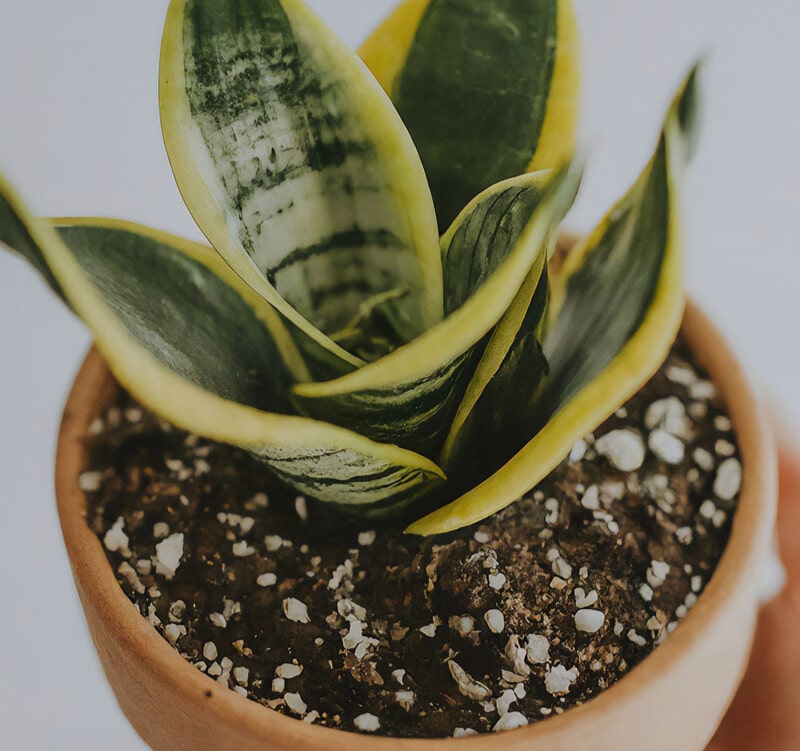
Avoiding Common Soil Mistakes with Snake Plants
Adding a layer of Gravel or Small stones
You may have heard that it is good to put a layer of gravel or small stones under the snake plant pot, but this doesn’t seem right, is harmful, and does not help the soil drainage anyway.
using Improper snake plant pot
If your pot is too large or needs a drainage hole, it will prevent too much water from staying in the soil.
Using of inappropriate snake plant soil
If the soil in your snake plant pot is topsoil, organic, or regular Potting soil, it will collect the water, and the roots will rot. It doesn’t matter if you are propagating or repotting snake plants. Avoid soil that is rich in clay or heavy organic matter.
tip: Topsoil is the top layer of soil, about 2 to 8 inches deep. It is usually darker and more fertile than the soil below.
Over-amending the snake plant soil
Suppose you amend the snake plant soil with organic matter without sufficient information and do not check the aeration. In that case, the health of the plant will be endangered. Don’t do that.

Growing Snake Plants in Hydroponic Systems
The hydroponic method, also known as using a water-based nutrient solution instead of soil, is helpful to growing snake plants in which both watering snake plant problems are solved and soil-borne diseases are.
sources:
https://planttalk.colostate.edu
Do you have any questions or experiences to share that could help me and other readers? Please comment below. Your insights are invaluable.
